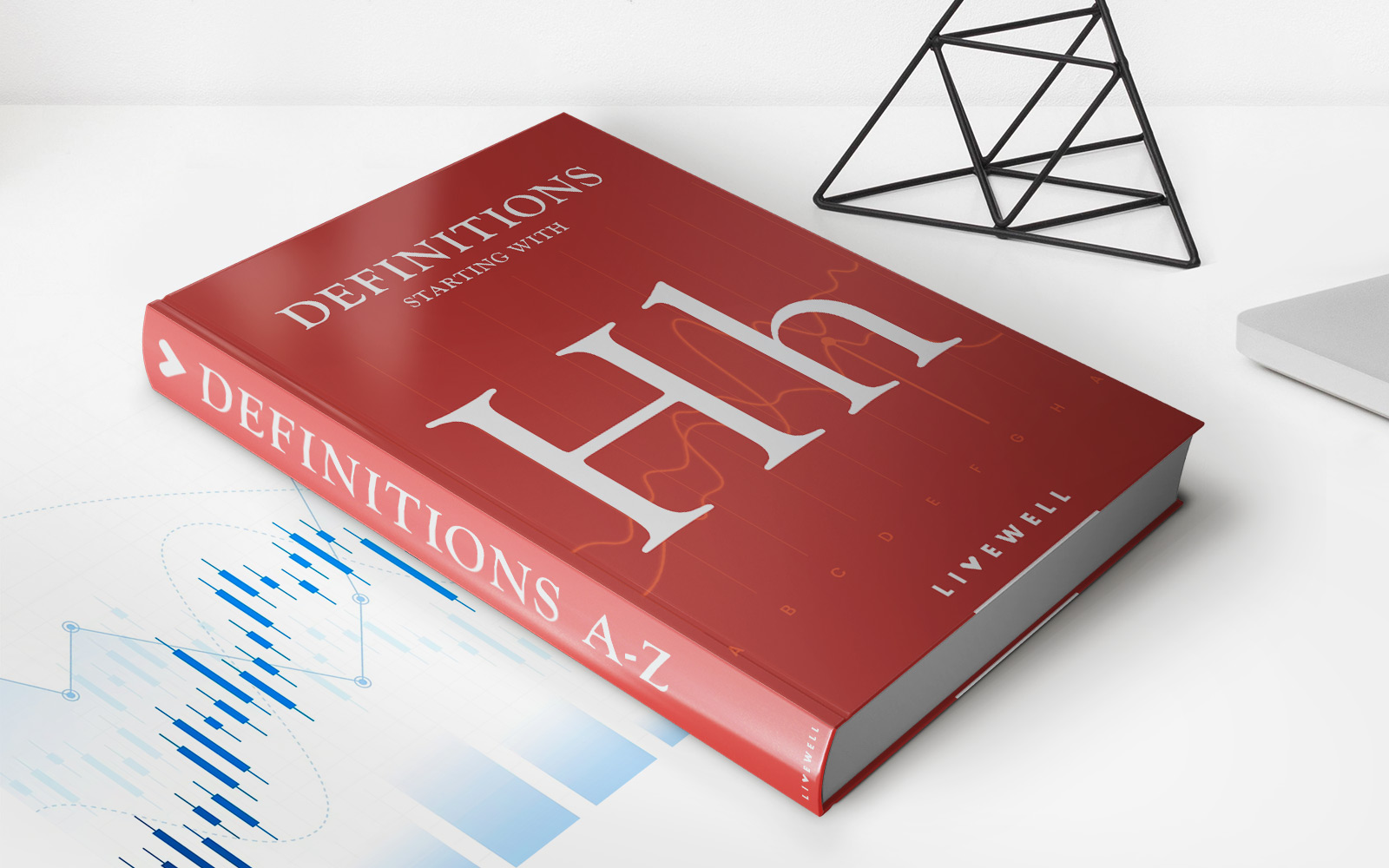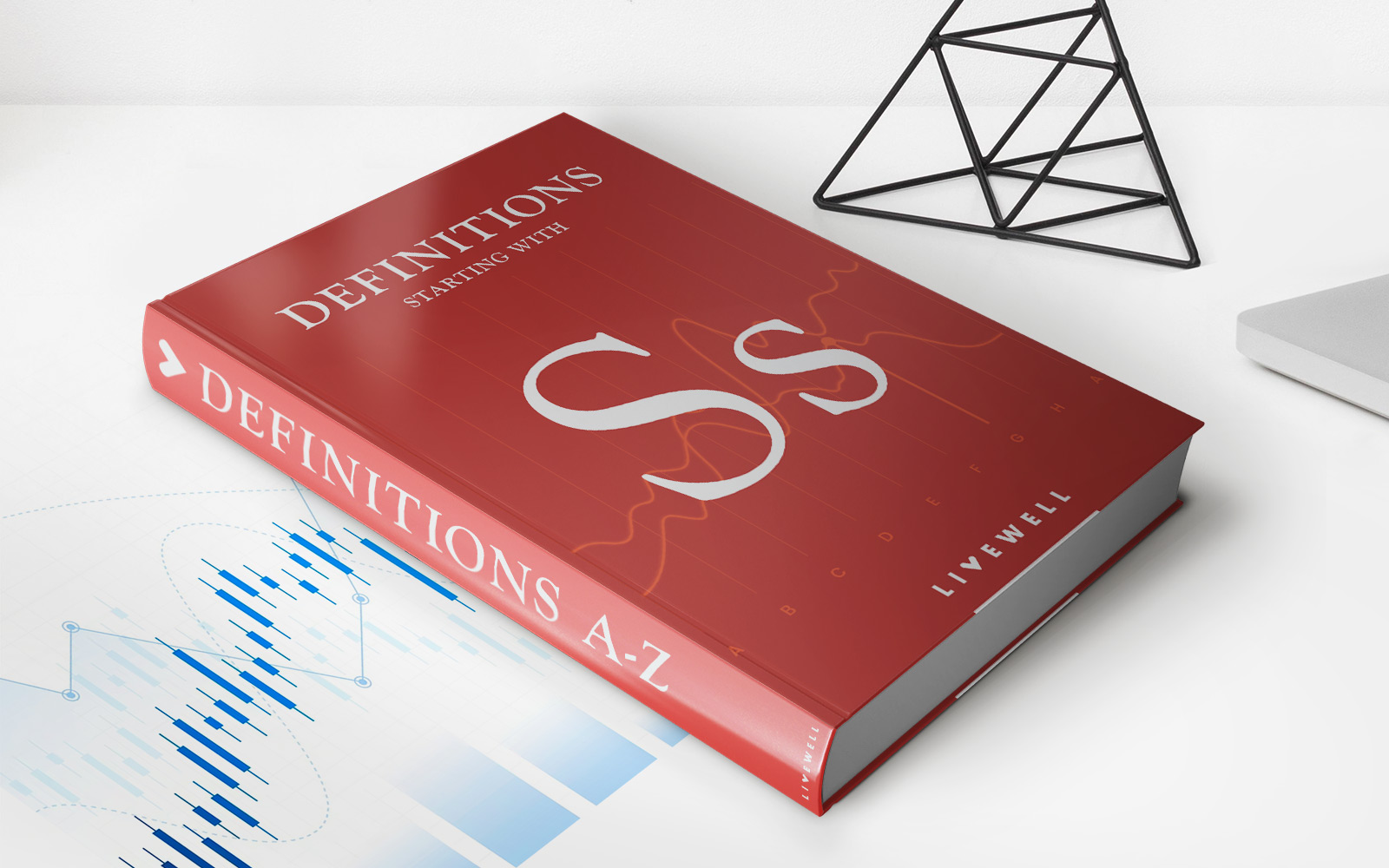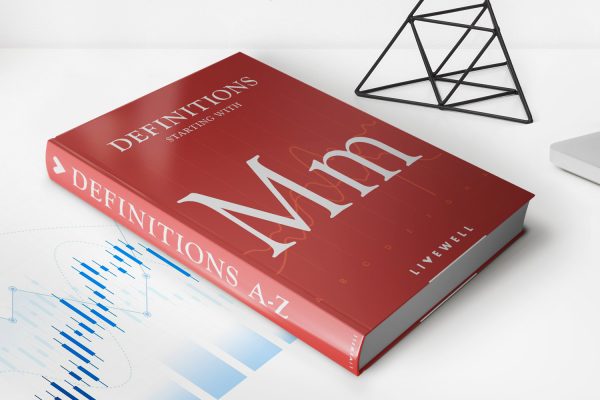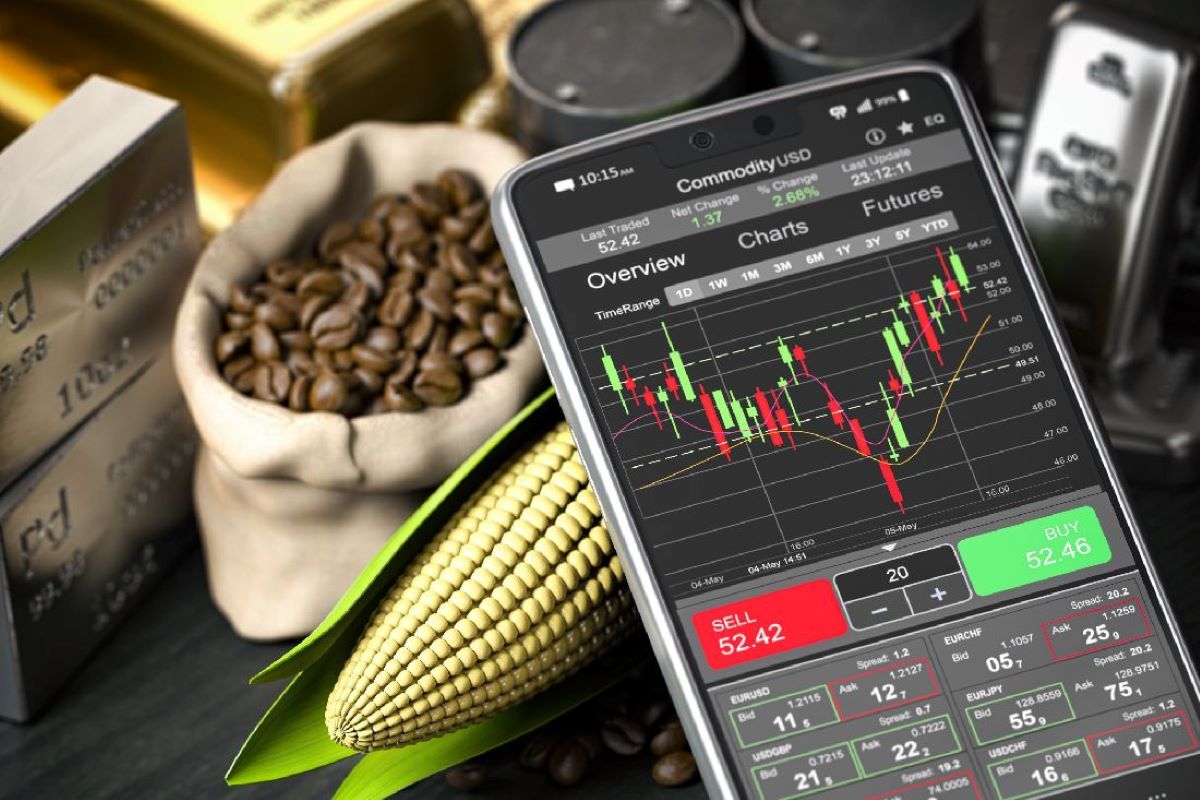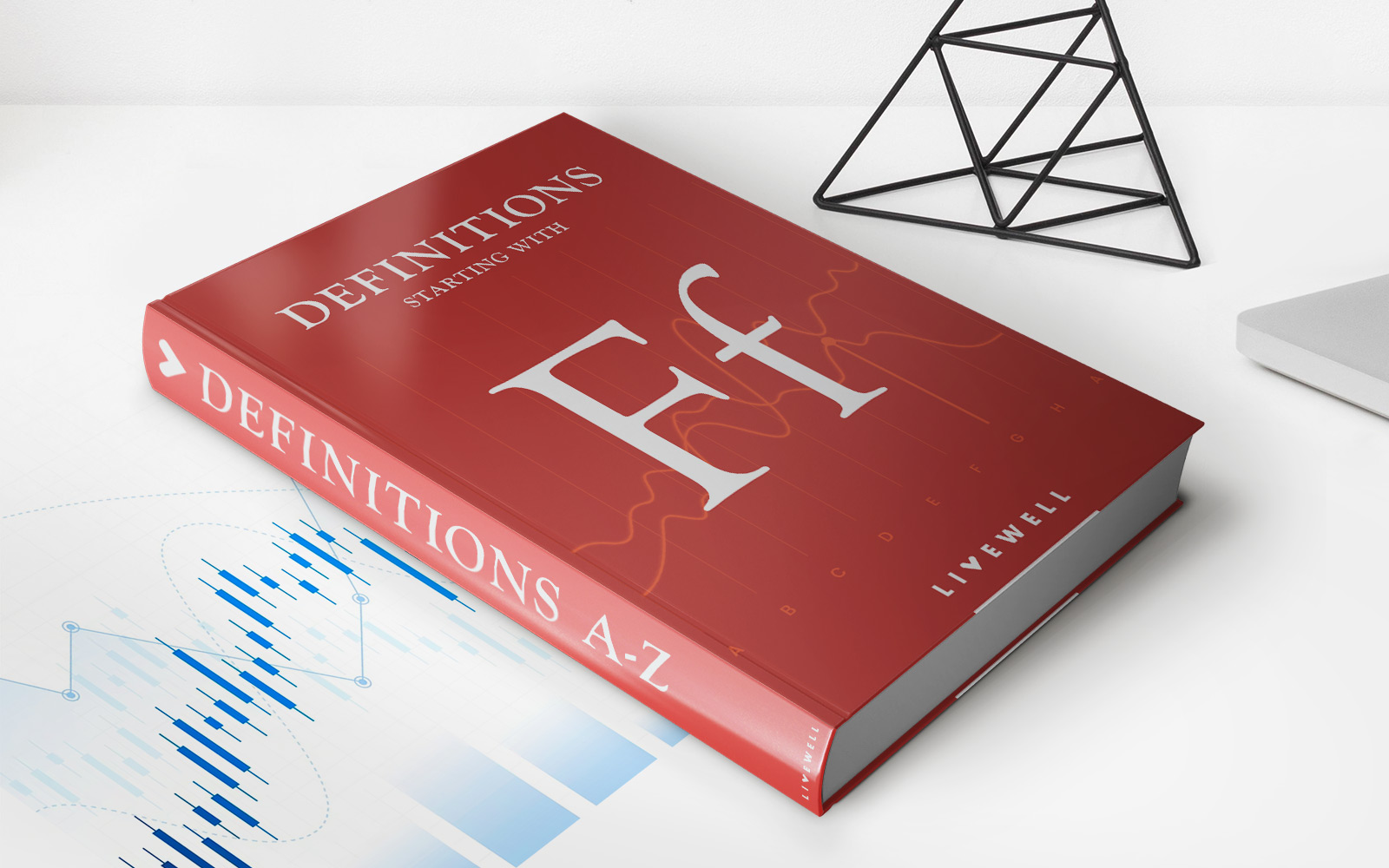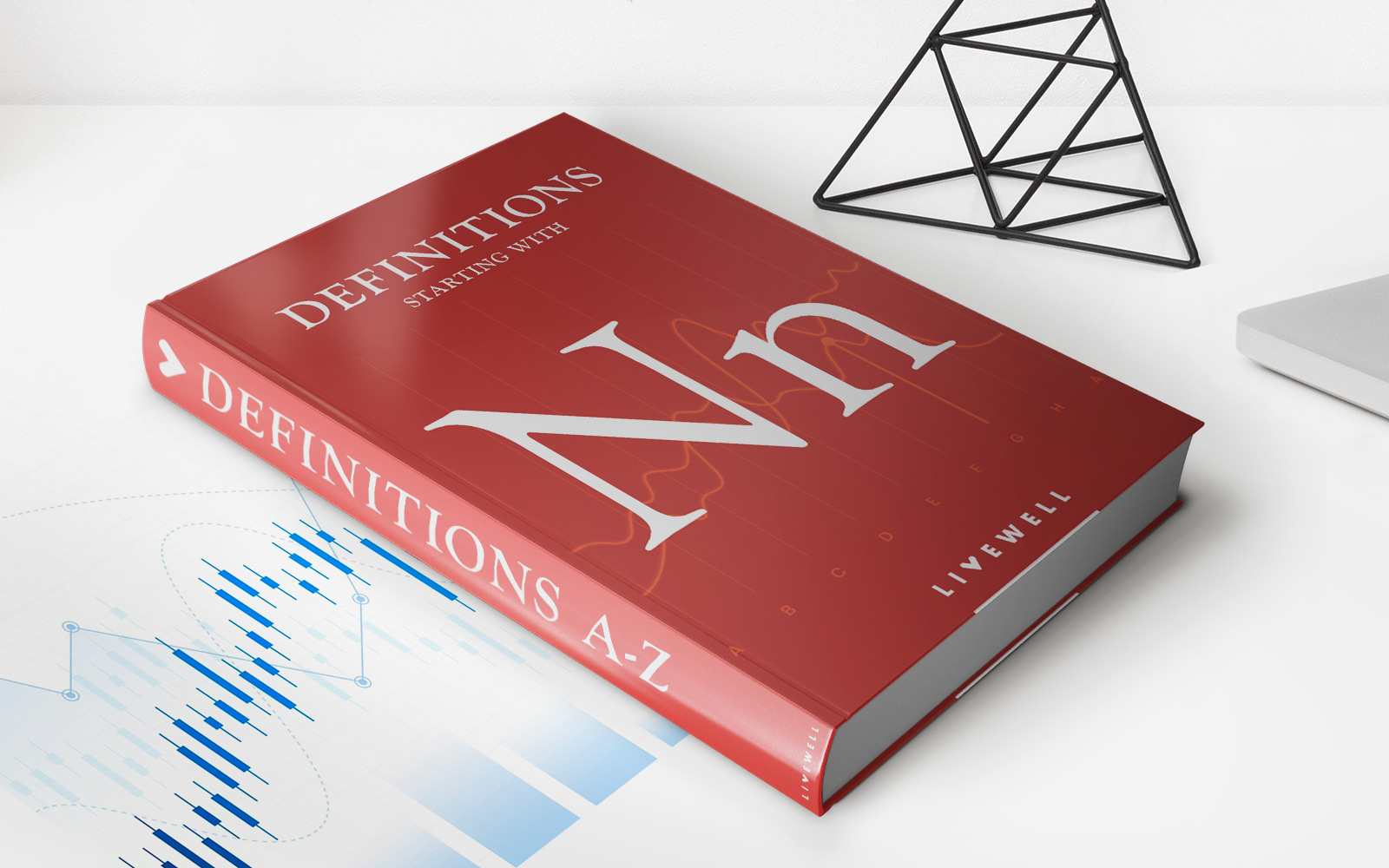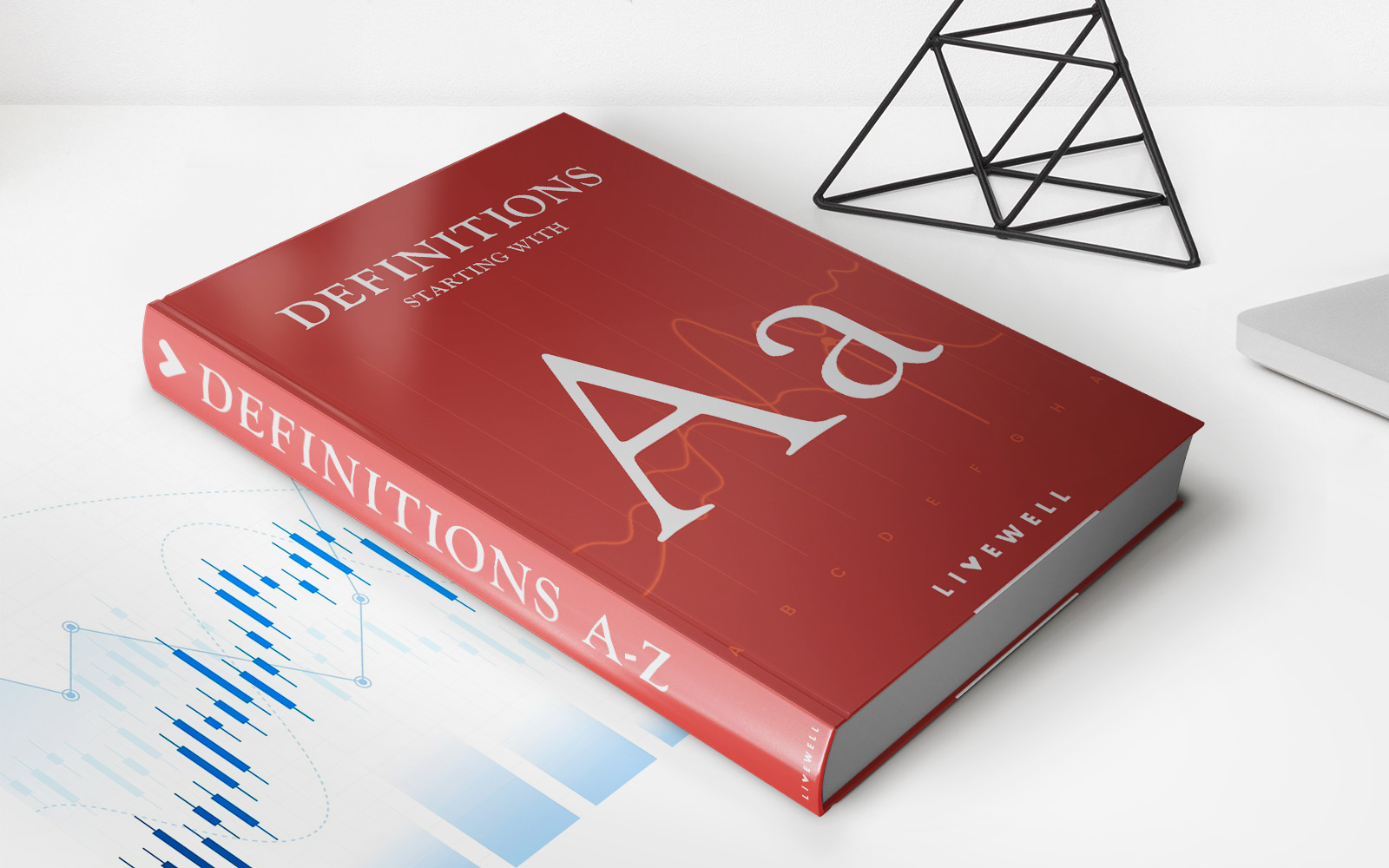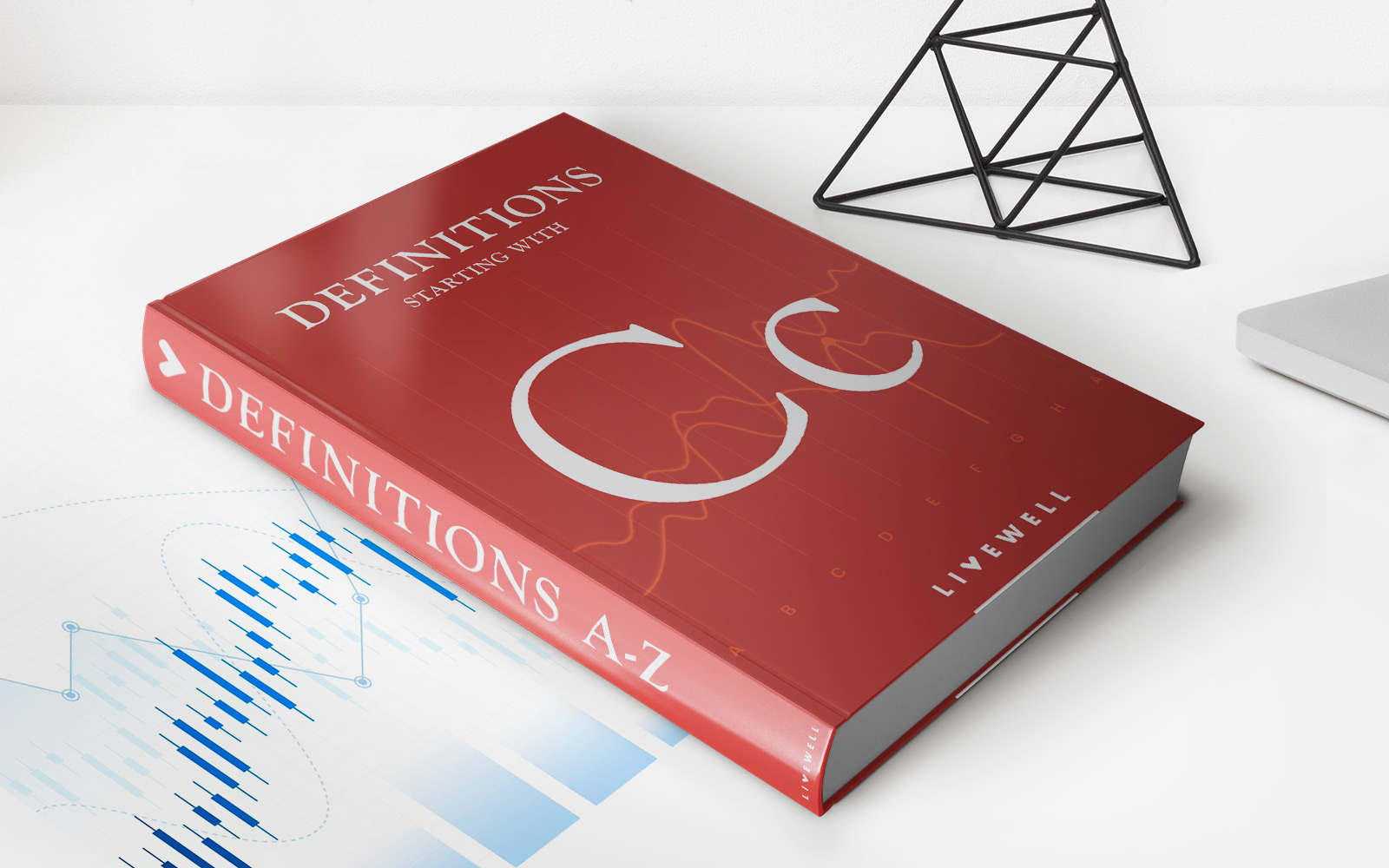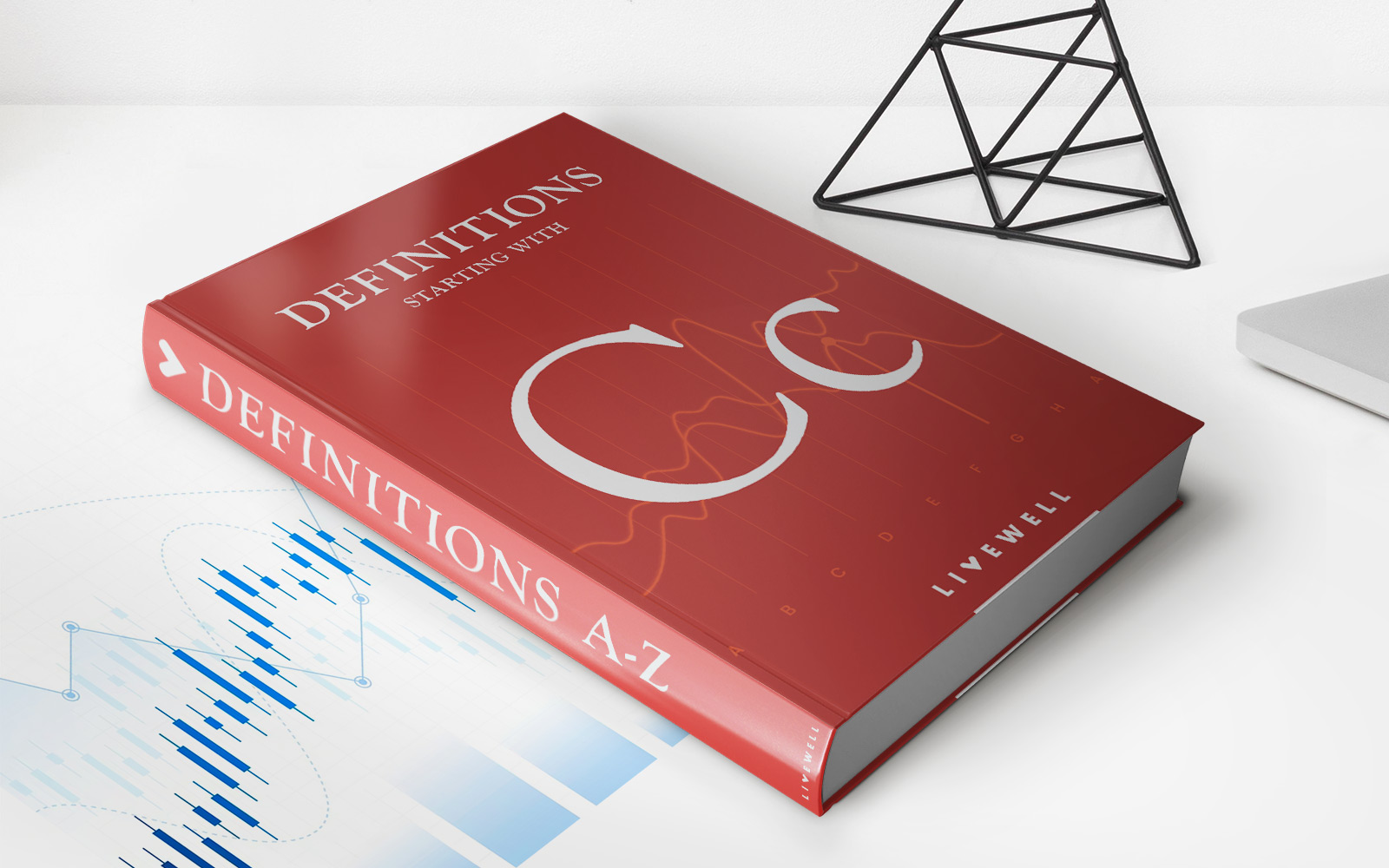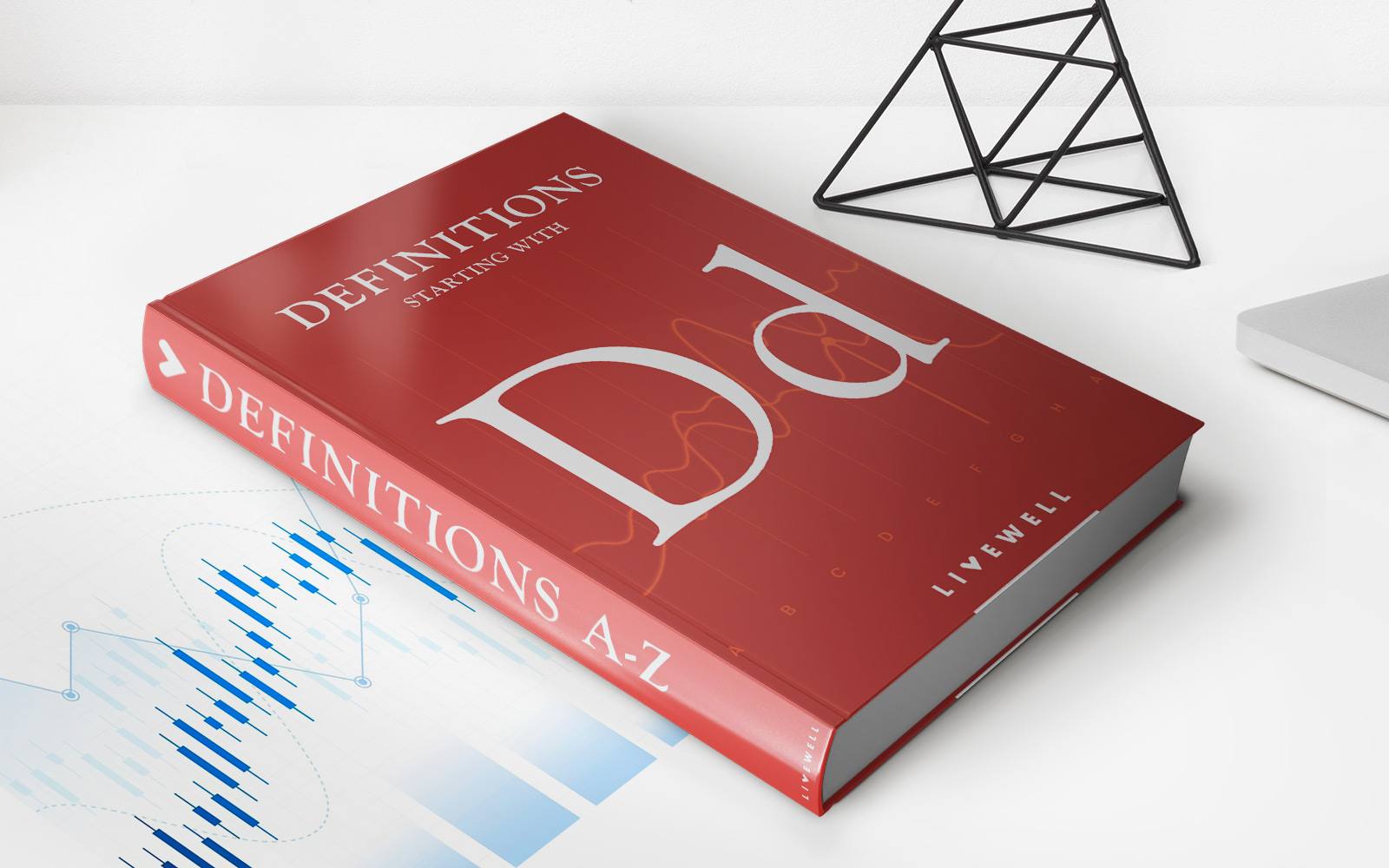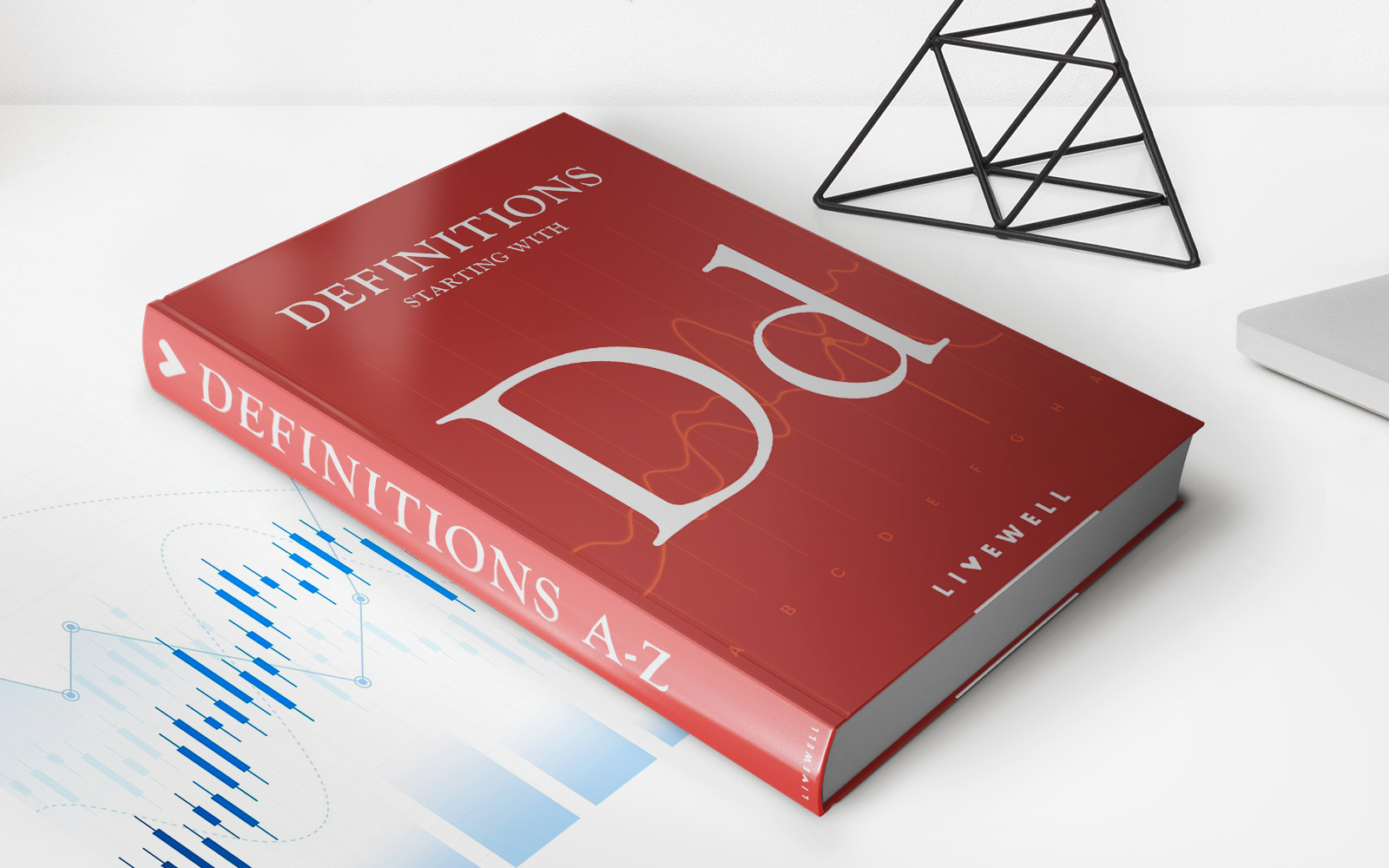Home>Finance>Commodity Market: Definition, Types, Example, And How It Works
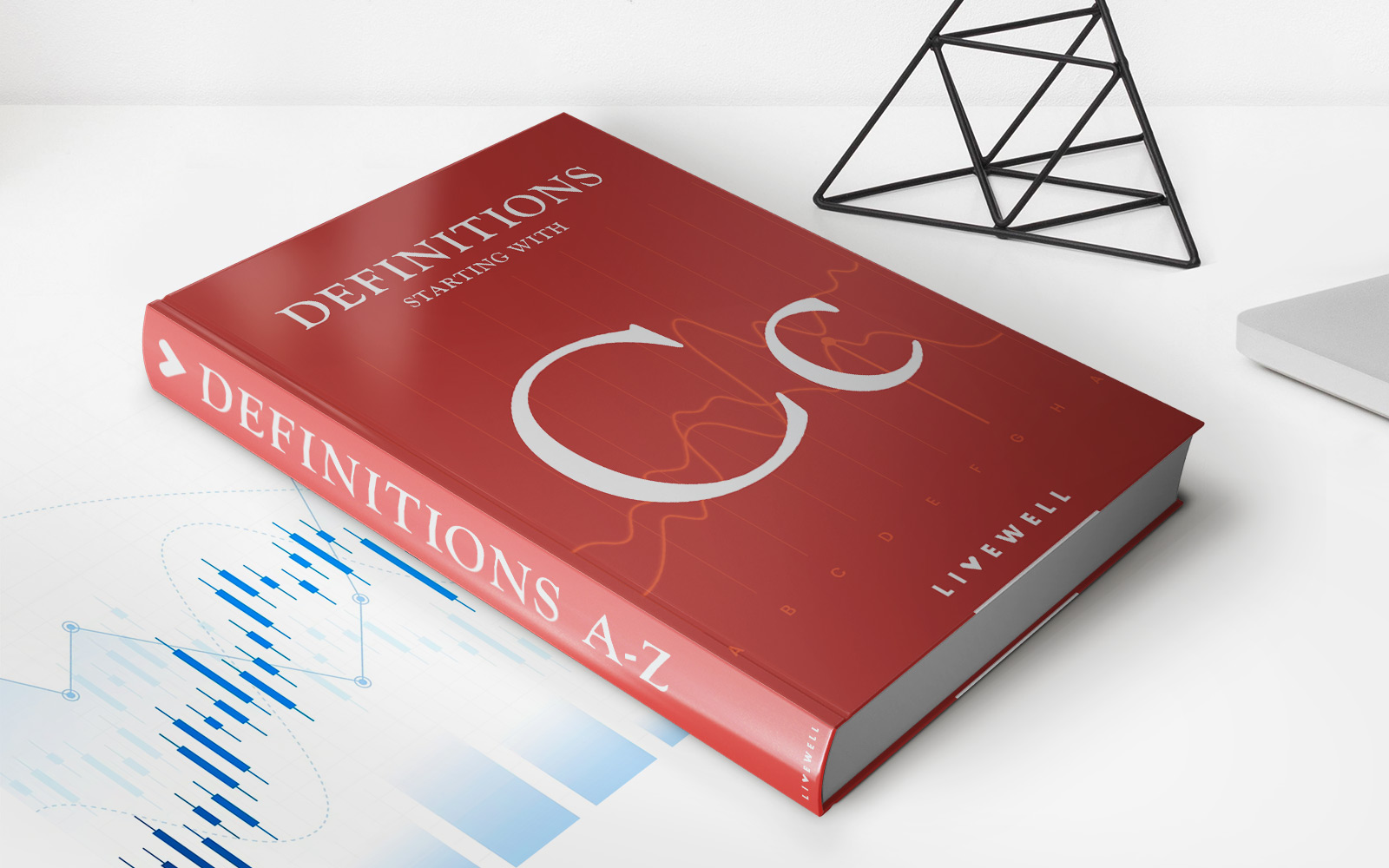

Finance
Commodity Market: Definition, Types, Example, And How It Works
Published: October 30, 2023
Learn about the definition, types, and examples of Finance commodity markets. Discover how these markets work and their significance in the finance industry.
(Many of the links in this article redirect to a specific reviewed product. Your purchase of these products through affiliate links helps to generate commission for LiveWell, at no extra cost. Learn more)
Commodity Market: Definition, Types, Example, and How It Works
Have you ever wondered how goods like crude oil, gold, or agricultural products are traded in the global market? Well, it’s through the fascinating world of commodity trading. In this blog post, we will delve into the concept of commodity markets, explore the different types of commodities, provide real-life examples, and explain how this market operates.
Key Takeaways:
- A commodity market is a platform where various raw materials or primary goods are bought and sold.
- The three main types of commodities are agricultural products, energy resources, and metals.
What is a Commodity Market?
A commodity market is a place where raw materials or primary goods, known as commodities, are bought and sold. It provides a platform for producers, manufacturers, and investors to trade in these essential goods. Commodities can include agricultural products like wheat, soybeans, and coffee; energy resources like crude oil and natural gas; and metals like gold, silver, and copper. These goods are typically interchangeable with other goods of the same type and have uniform quality and specifications.
In the commodity market, trading can occur through two main methods:
- Spot Trading: Spot trading refers to the immediate purchase or sale of commodities for cash or same-day delivery. It involves the physical exchange of goods and is commonly used for perishable commodities or those that are in high demand.
- Derivatives Trading: Derivatives trading involves the buying and selling of contracts that derive their value from an underlying commodity, rather than trading the physical commodity itself. This method allows for speculation and hedging against price fluctuations.
Real-Life Examples of Commodity Markets
Let’s take a look at some real-life examples to understand how commodity markets work:
- Gold: Gold is one of the most actively traded commodities in the world. It is traded on various exchanges, such as the New York Mercantile Exchange (NYMEX) and the London Bullion Market Association (LBMA). Investors often trade gold as a safe-haven asset during times of economic uncertainty.
- Crude Oil: Crude oil is another widely traded commodity. The benchmark for crude oil prices is the West Texas Intermediate (WTI) crude oil futures contract traded on the NYMEX. Traders and investors closely monitor global oil supply and demand, geopolitical events, and economic factors that impact crude oil prices.
- Corn: Corn is a staple agricultural commodity that is traded on exchanges like the Chicago Board of Trade (CBOT). Farmers sell their corn produce in the market, and buyers, such as food processing companies, purchase it to meet their raw material requirements.
How Does the Commodity Market Work?
The commodity market works through a combination of supply and demand factors, market participants, and various trading instruments. Here’s a simplified breakdown of how it operates:
- Supply and Demand: Commodities are subject to the basic principles of supply and demand. If the supply of a commodity is limited while the demand is high, its price is likely to increase. Conversely, if the supply is abundant or the demand is low, the price may decrease.
- Market Participants: Market participants in the commodity market include producers, consumers, trading firms, speculators, and investors. Each participant has their own objectives, which can include hedging against price fluctuations, making a profit through speculation, or securing a stable supply of raw materials.
- Trading Instruments: As mentioned earlier, commodity trading can occur through spot trading or derivatives trading. Spot trading involves immediate physical exchange, while derivatives trading involves the use of futures contracts, options, swaps, and other financial instruments to speculate or hedge against price movements.
The commodity market plays a crucial role in global trade and economic stability. It provides a mechanism for producers to sell their goods, buyers to secure their raw material supply, and investors to seek potential returns. By understanding the intricacies of commodity trading, you can gain insights into the forces that shape global markets and make informed investment decisions.
